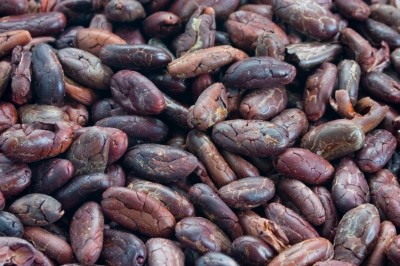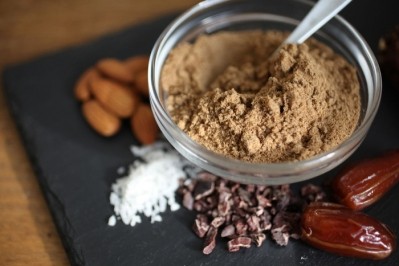Patent watch
Nestlé files patent for bite-size sports snacks

The international patent filing detailed the method to manufacture dough snacks with semi-liquid fillings such as jelly, jam, fruit puree or chocolate. Oatmeal and raisin or peanut butter and chocolate snacks were just a few ideas presented by the food giant in the patent.
Each carbohydrate or protein-based snack could also be coated with components like fruit pieces, cereals, nuts or chocolate, Nestlé said, making it not only a more convenient snack but a tastier alternative to nutrition bars on the market.
“Known performance bars may be difficult to consume during exercise, may be too dense or heavy for consumption before or during exercise, or may have a chalky or bland taste. Additionally, these large bars may be physically bulky, awkward, and difficult to consume,” it wrote in the patent filing.
The patent-pending protein and carbohydrate-based snacks, however, provided athletes customized protein or energy intake and portion control before, during and/or after exercising, with better taste.
“By providing a protein or carbohydrate-based dough with a semi-liquid filling, the nutritional products can offer the consumer a wide range of tastes and textures.”
Optimized carb snacking
For carb-rich snacks, monosaccharides such as glucose or fructose (maltodextrins and/or dextrose in particular) could be used as basic carbohydrate units, Nestlé said.
These carbohydrate sources, it said, should contribute up to 70% of the overall energy content, and the glucogenic:fructogenic carbohydrate ratio should be between 1.5 and 2.5 – an “optimum” ratio.
“When the ratio is within the cited range, it has been found that the availability of the energy (from carbohydrates) to the muscles is optimized. The glucidic sources of the energy are quickly absorbed through the digestive tract and transported to the muscles,” Nestlé wrote.
Total energy content could be anywhere between 20 kcal and 45 kcal per piece.
The carb-rich snacks could also contain proteins and/or fats, giving athletes, “more complete nutrition during performance."
Protein-rich snacking
For protein-rich snacks, the products could contain high concentrations of protein from a variety of sources, including animal, vegetable or free amino acids, Nestlé said.
The protein content could be carefully managed per bite, it explained, ranging from 20-40% of the overall snack weight or representing 2-4 grams per bite.
Ideally, one serving would contribute between 250 and 320 kcal, with the protein contributing up to 30% of the caloric energy, Nestlé said. Each bite-size piece should weigh between 8 and 9 grams and be spherical for optimal portion control, it added.
Fat could also be incorporated into the high-protein snacks for improved mouth feel and extra energy, it said.
The challenge of a liquid-filled snack
Nestlé said developing semi-liquid filled snacks was technically challenging. One difficulty, for example, was avoiding leakage, it said. “If the viscosity of the filling is too low, the liquid may be prone to leak from the nutritional product. On the other hand, if the viscosity of the filling is too high, there may be issues pumping the filling into the product during the pumping step of the filling.”
However, it detailed a method to overcome this problem – to rapidly set a layer of chocolate on top of the semi-liquid filling to act as a protective shell.
The feeding rate of the filling was also important to ensure consistent product mass, particularly for functional ingredients such as vitamins, creatine or probiotics that could impact the nutritional profile of the product.









